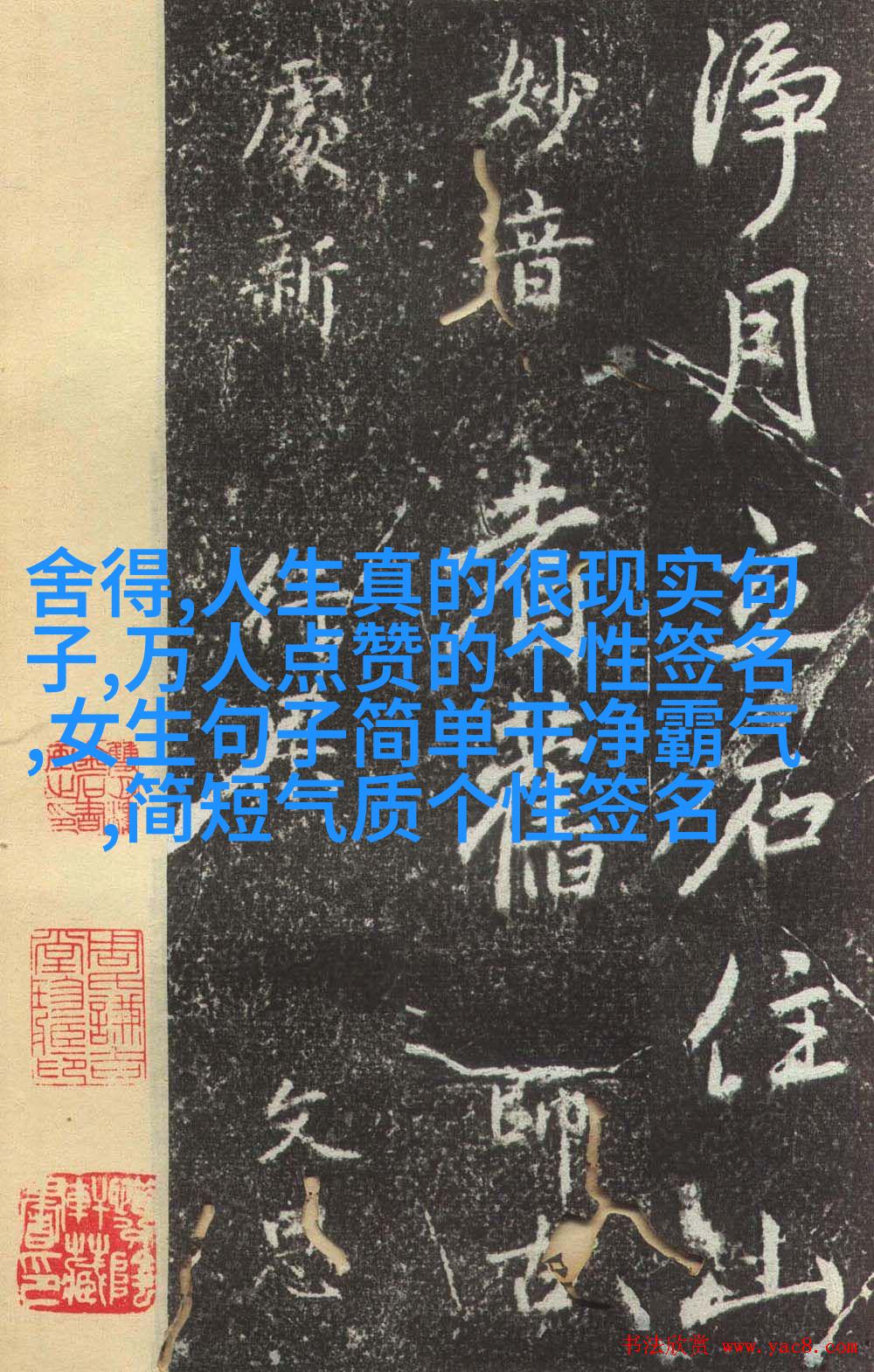一瞥惊鸿的温柔仙句英文 - Whispers of Serene Poetry A Fleeting
Whispers of Serene Poetry: A Fleeting Glimpse of the Gentle Avian Muse

In the realm of English literature, there exist poets who have been inspired by nature's beauty, and among them are those whose works were influenced by birds. These avian muses have provided a wealth of inspiration for poets across centuries, with their songs, flight patterns, and even feathers serving as symbols in poetry.
One such poet is William Wordsworth. In his poem "The Daffodils," he recounts an encounter with a group of daffodils that reminded him of a similar experience from his childhood. The memory was triggered by the sight and sound of birds singing amidst the flowers. This connection to nature is characteristic of Romantic poetry and highlights how birds can evoke strong emotions in people.

Another example is Emily Dickinson. Her poetry often touches upon themes related to death and eternity but also includes references to birds like crows or sparrows. For instance, in her poem "I heard a Fly buzz—when I died," she uses a crow's call as metaphor for death's presence at her own passing.
John Keats' ode "To Autumn" celebrates the season through vivid descriptions reminiscent of bird songs or calls associated with harvest time: 'Who hath not seen thee oft amid thy store?' The image evoked here suggests that even though autumn might be busy gathering its bounty like bees collecting nectar from flowers, it still has moments where it stops to listen – much like we do when we hear a bird's song.

These examples illustrate how birds have become integral components in English literature over time. Their symbolism extends beyond mere appearances; they represent life cycles (birth-death-rebirth), hope (as migratory patterns suggest new beginnings), freedom (unfettered flight), solitude (the solitary existence on branches) or comfort ('the warmth under wing') depending on context within poems.
The title phrase '一瞥惊鸿的温柔仙句英文' translates into 'A Fleeting Glimpse Of The Gentle Avian Muse In English'. It captures this delicate dance between human creativity inspired by nature – specifically our feathered friends – which continues throughout history through various poetic styles while remaining timeless due to universal themes tied closely together with these natural wonders called avians."
